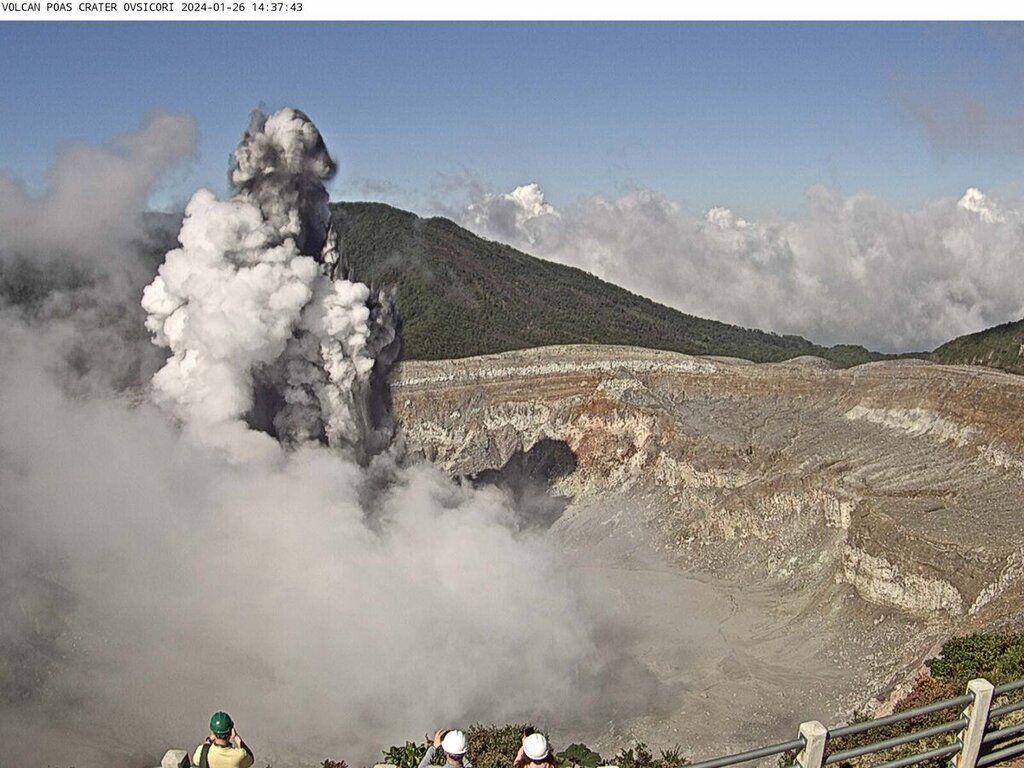In the heart of Costa Rica, the Poás Volcano is putting on quite the show, transforming the serene landscape into a scene straight out of a science fiction novel. Gone are the days when a tranquil crater lake mirrored the sky above; today, the lake has vanished, giving way to billowing gases that now escape freely into the atmosphere.
The residents of Grecia, a quaint town nestled in the shadows of this majestic natural wonder, find themselves in a rather pungent predicament. The air they breathe carries a tang of sulfur, a reminder of nature’s untamed force. The lake’s absence, coupled with the mountain’s blustery summit, serves as a conduit for sulfur dioxide and carbon dioxide, whisking these volcanic signatures beyond the confines of the National Park.
In response, the National Emergency Commission and the Technical Advisory Committee of Volcanology and Seismology are on high alert. These guardians of public safety convene regularly, pondering over the existing safety measures and debating whether to amplify their efforts in the face of Poás’s restlessness.
Although the volcano has been quite the performer, with its eruptions often shooting over 100 meters into the sky, there’s been a noticeable dip in the frequency of these explosive displays. Yet, as Javier Pacheco, a seasoned volcanologist at the Volcanological and Seismological Observatory of Costa Rica, wisely points out, “the possibility of a larger eruption can never be completely ruled out.” This statement hangs in the air, a sobering reminder of the unpredictable power lurking beneath the earth’s crust.
The situation at Poás serves as a vivid illustration of the delicate balance between the awe-inspiring beauty of our planet’s geothermal activity and the potential hazards it poses to those who live in its shadow. As the situation unfolds, the world watches, reminded of the indomitable spirit of nature and the resilience of those who coexist with it.


1 comment
[…] Source link […]